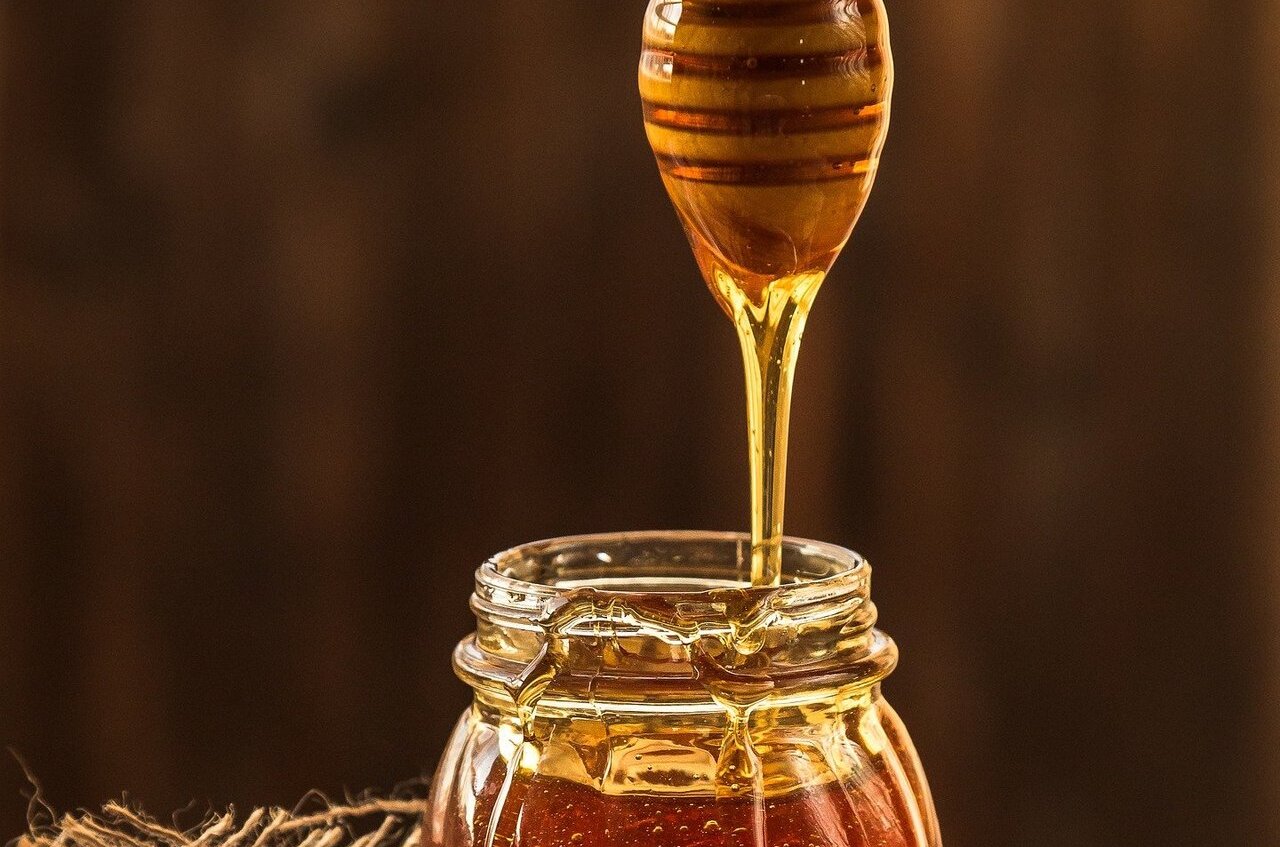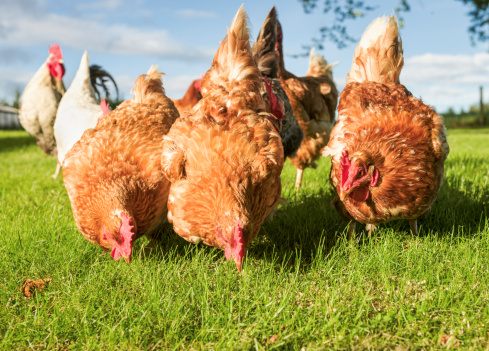From the sweet nectar they produce to their significant role in pollination, honey bees have an undeniable impact on our ecosystem and agriculture. Despite their small size, these creatures hold enormous responsibility. In this article, we will take a closer look at these fascinating insects, understand their biology, social structure, and underscore their importance to our environment and food production.
Understanding Honey Bees
Honey bees belong to the genus Apis, known for their ability to produce and store honey and build impressively large nests using wax secreted by workers in the colony. They are highly social insects with a well-organized colony consisting of a single queen, hundreds of drones, and thousands of workers.
- The Queen Bee: The queen’s primary role is to reproduce. She is the mother of all members of the colony and can lay up to 2,000 eggs per day. She secretes pheromones that guide the behavior and unity of the colony.
- Worker Bees: Worker bees are all female and do all the different tasks necessary for the survival of the hive. Their roles include foraging for nectar and pollen, building and protecting the hive, cleaning, circulating air by beating their wings, and tending to the queen and larvae.
- Drone Bees: Drones are the male bees in the colony. Their primary role is to mate with the queen. Drones have no stingers and do not participate in nectar and pollen gathering.
The Art of Making Honey
Honey bees create honey as a food source for the colony during the colder winter months. Bees gather nectar, a sweet liquid found in many flowers, and store it in their ‘honey stomach’. Once back at the hive, they regurgitate the nectar to other worker bees. These workers chew the nectar, breaking down its complex sugars into simpler forms.
The bees then spread the nectar throughout the honeycomb where water evaporation occurs, a process aided by the fanning action of the bees’ wings. This transforms it into thick, syrupy honey. Finally, the bees seal the honeycomb with a secretion of liquid from their abdomen, which hardens into beeswax.
The Role of Honey Bees in Pollination
Apart from honey production, honey bees play a crucial role in pollination, making them vital to agriculture. As bees move from flower to flower collecting nectar, they are dusted with pollen. Some of this pollen gets transferred to the next flower the bee visits, resulting in cross-pollination.
Many of the foods we eat, such as fruits, vegetables, and nuts, rely heavily on honey bees for pollination. In fact, it is estimated that one-third of the human diet comes from plants pollinated by insects, with honey bees being one of the major pollinators.
The Challenges Facing Honey Bees
Sadly, honey bees around the world are facing numerous threats. Colony Collapse Disorder (CCD), habitat loss, parasites, pesticides, and climate change are all causing declines in honey bee populations. Their decline is a serious issue, as it threatens the balance of ecosystems and the global economy.
Efforts are underway globally to protect and preserve honey bee populations, from regulating pesticide use to enhancing habitat diversity. Beekeeping is also a popular practice that helps boost local bee populations and provides an income source for many.
In Conclusion
Honey bees are remarkable creatures that play an essential role in our world, from the honey they produce to the pollination they provide. However, they need our help. Supporting organic farming practices, planting diverse flora, and setting up spaces for hives can all contribute to the health and survival of these industrious insects. As we better understand the intricacies and importance of honey bees, it becomes clear that their survival is intricately linked with our own.



